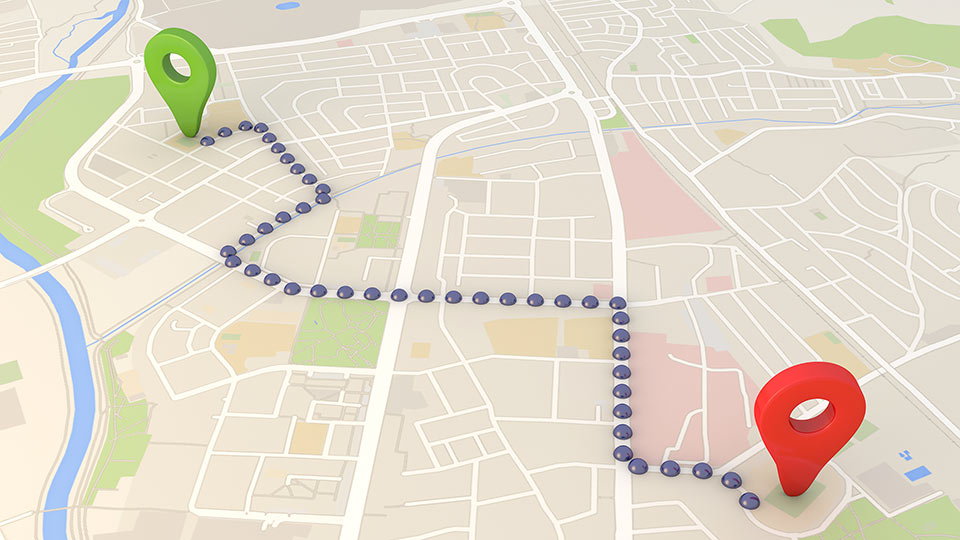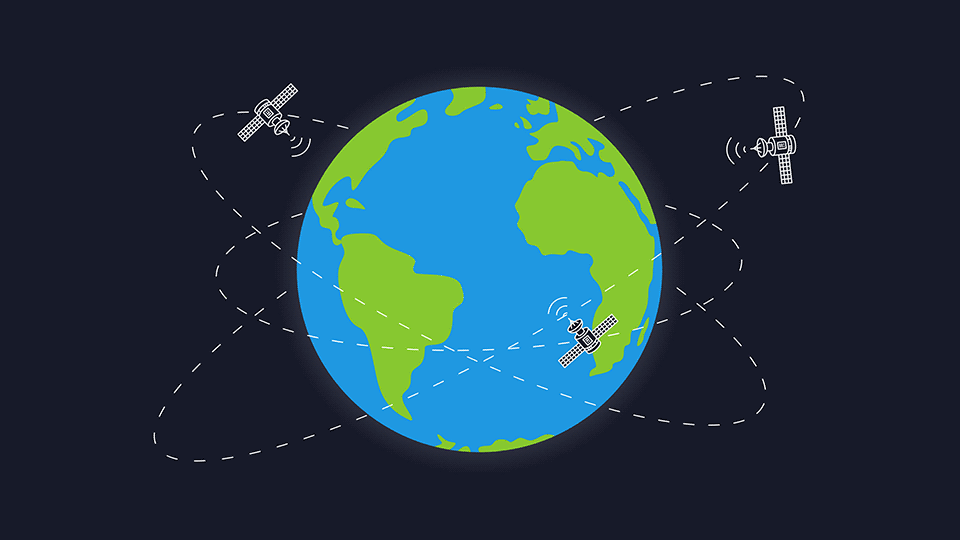Is the world of M2M/IoT ready for 4G LTE?
Do M2M applications like telematics devices need 4G? Read this post to learn whether the world of M2M/IoT is ready for 4G LTE.

May 11, 2016
Updated: Mar 8, 2023

Do machine-to-machine (M2M) applications like sensors, card readers, and telematics devices need 4G LTE?
What is 4G LTE?
Long term evolution or LTE is the name given to one of the most recent high-speed cellular communication protocols currently in deployment. It is sometimes referred to as “4G,” although the early releases were closer to “3.5G.” The suitability of LTE for an M2M device depends on several important factors, such as availability and cost, device form factor requirements, device lifespan, and service pricing, as reported by Steve Pazol in Network World.
4G is a natural progression from the previous UMTS/HSPA 3G (or 3rd Generation) protocol and GSM/EDGE 2G (2nd Generation) before it. The specifications for these technologies are defined by a group of telecommunications organizations known as the 3rd Generation Partnership Project (3GPP).
What’s the difference between 3G and 4G LTE? The average speed on 4G is much faster than 3G, so it makes downloading or uploading data easier.
A Brief History of LTE
LTE was first introduced in 3GPP’s specification release 8 in 2009, during which 5 different User Equipment (UE) categories were introduced. Each UE category defines a downlink and uplink speed and MIMO support capability. UE categories are necessary for the base station to determine the type of device and setup the link to it accordingly. In subsequent releases, more UE categories were introduced, including CAT-0 category in Release 12.
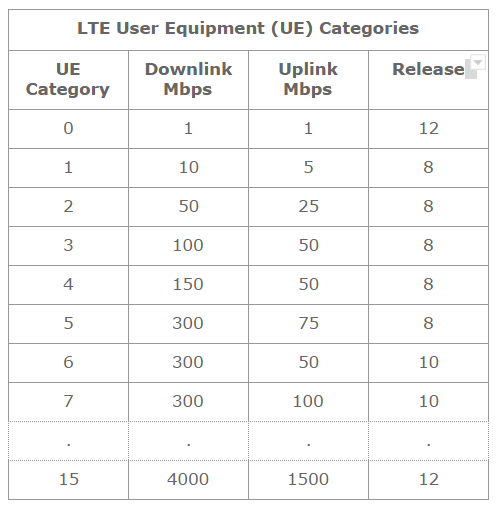
Suggested Reading: “Don’t Get Left Behind: 2G Sunset FAQs”
3G or LTE? Finding the Right Fit for Your M2M Device
At first glance, LTE may appear to be more appealing to consumer type electronics, such as smartphones and tablets, defined in higher categories in the table above, but not so much for low speed, low data volume devices such as most M2M applications.
For example, a Geotab GO7 3G telematics device by Geotab, generates 200 KB per day. The internal device communication protocols and logging algorithms also limit the speed and frequency at which this data can be sent to the server. These amounts of data, though continuously growing, do not currently warrant the speeds and bandwidth an LTE connection offers. That was certainly the thought of many network carriers when they raced to upgrade their network in order to keep up with the advent of personal cellular smart devices and their increasing demand for speed and bandwidth.
However, with the sunset of 2G networks in North America and refarming of the 2G technology spectrum to LTE, with plans for 3G and 1xrtt networks to follow, there’s mounting pressure by network carriers for M2M service providers to start switching to LTE capable devices. This presents a challenge to M2M providers like Geotab who have to meet aggressive hardware cost levels dictated by the telematics and other other industries. CAT-2/3/4 module costs are nowhere near those of 3G modules, let alone 2G.
Enter CAT-1…
CAT-1
Category 1 cable (CAT-1) modules offer a maximum of 10 Mbps downlink/5 Mbps uplink speeds, with lower power consumption and cost, due to smaller die size and reduced complexity. Some argue that the speed is still more than what the M2M market demands, and they still can’t achieve the same price level as 2G modules. Case in point, at CTIA 2014, no one was talking about CAT-1. The focus was on CAT-0, the “machine-type category” as it is called. However, at CTIA 2015, CAT-1 modules had made a strong come back. So what has changed?
With CAT-0 still not fully defined, network operators realized that a solution is needed in the more immediate future, especially with the emergence of competing technologies and initiatives such as Sigfox, LoRa, Ingenu, and the most recently announced collaboration between Nokia, Ericsson and Intel — NB-LTE.
Luckily, upgrading existing networks to support CAT-1 technology using software updates is relatively simple and quick. Trials (1 & 2) have already been conducted to prove its feasibility, as announced by 4G chip maker Sequans Communications.
CAT-0/CAT-M
CAT-0 offers even lower design complexity, cost savings, and power consumption, allowing up to a maximum of 1 Mbps downlink/uplink, and supporting half-duplex. Release 13, due out in 2016, is also expected to introduce support for 1.4 MHz narrow band, as well as coverage improvements for devices in remote locations. However, these enhancements may require more complex network upgrades which will take time to implement, and this leads us to believe that CAT-0 technology will not deploy until late 2017 at best.
RF and Compliance Considerations
With the introduction of LTE also came the need for MIMO (multiple-input, multiple-output) antennas for increased throughput, in order to take advantage of the higher speed and bandwidth capabilities of LTE modules. Needless to say, in size sensitive applications, this can become quite tricky, and size is just the beginning. New antenna parameters have to be taken into account such as isolation, and ECC (Envelope Correlation Coefficient) which is a measure of how independent two or more antennas are, and this only leads to increased design complexity, size, and bring to market time and cost. CAT-0 (and in some cases CAT-1) eliminate the need for MIMO and with it weeks of design and certification.
Geotab will continue to monitor the latest updates in wireless technology and the world of M2M to ensure that our customers receive the most appropriate and functional service available.
Related Articles:
Subscribe to get industry tips and insights

Moussa Kfouri, AVP Product Operations, drives various operational aspects of product delivery for Geotab.
Table of Contents
Subscribe to get industry tips and insights
Related posts
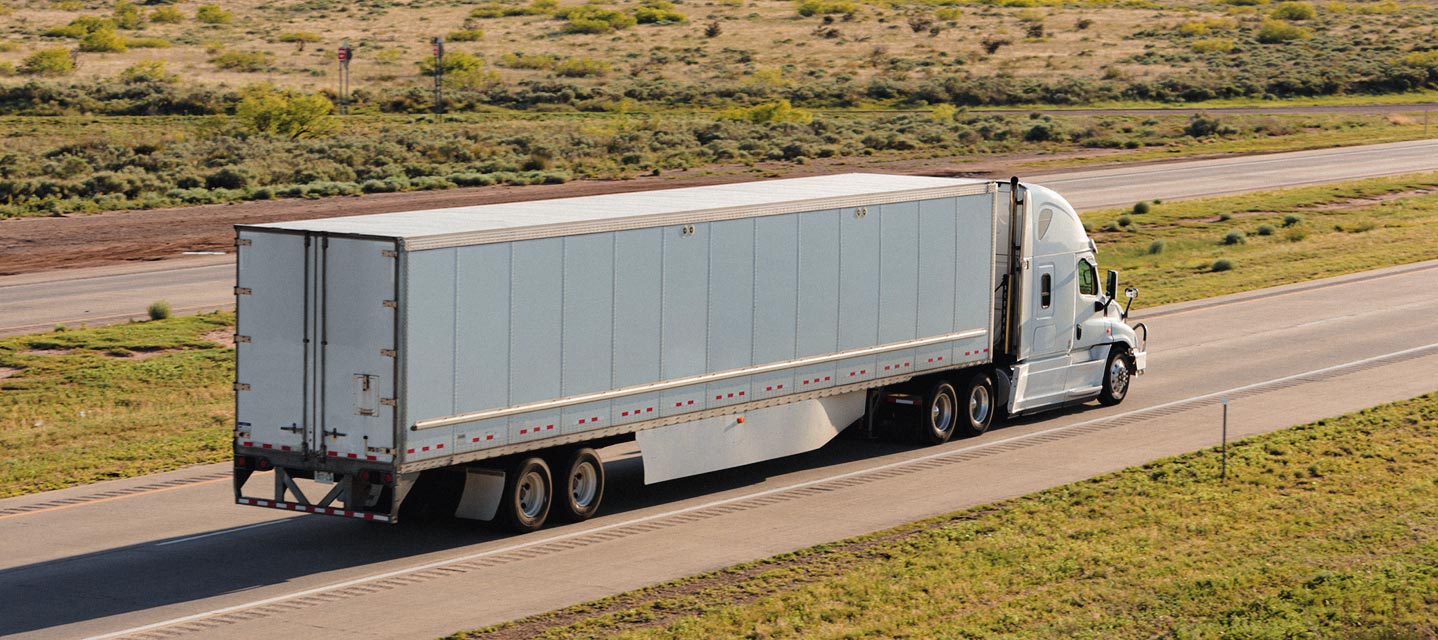
The future of transportation: Trends, research and what’s next according to experts
July 17, 2025
9 minute read
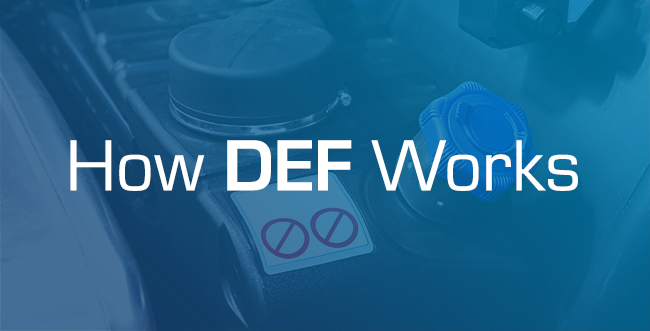
What is DEF? How diesel exhaust fluid works and why it's essential for fleets
July 16, 2025
5 minute read
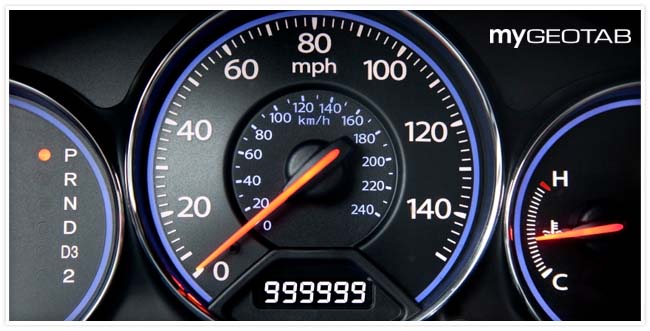
Odometer reading: How to check + optimize for smarter fleet management
July 15, 2025
5 minute read
